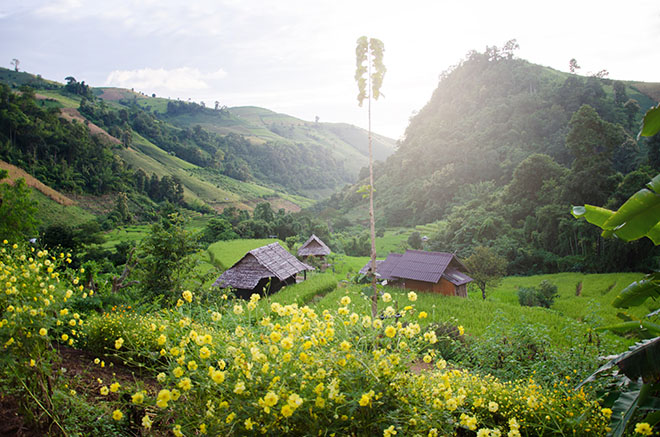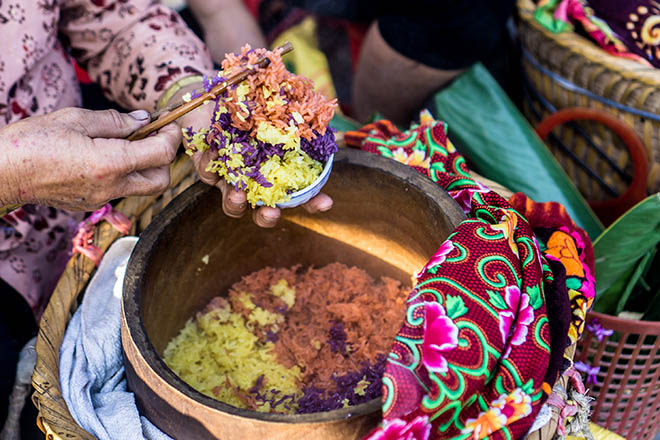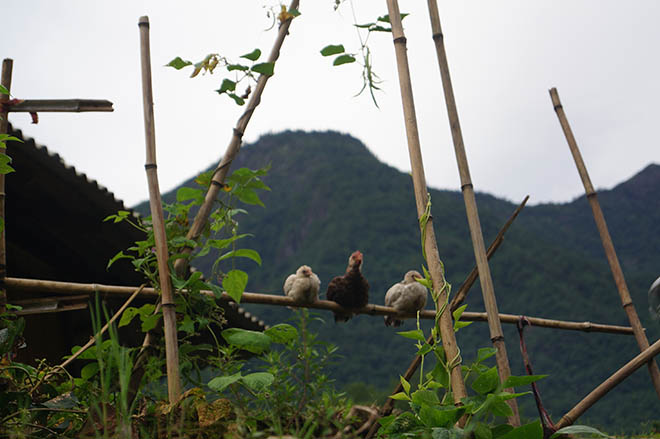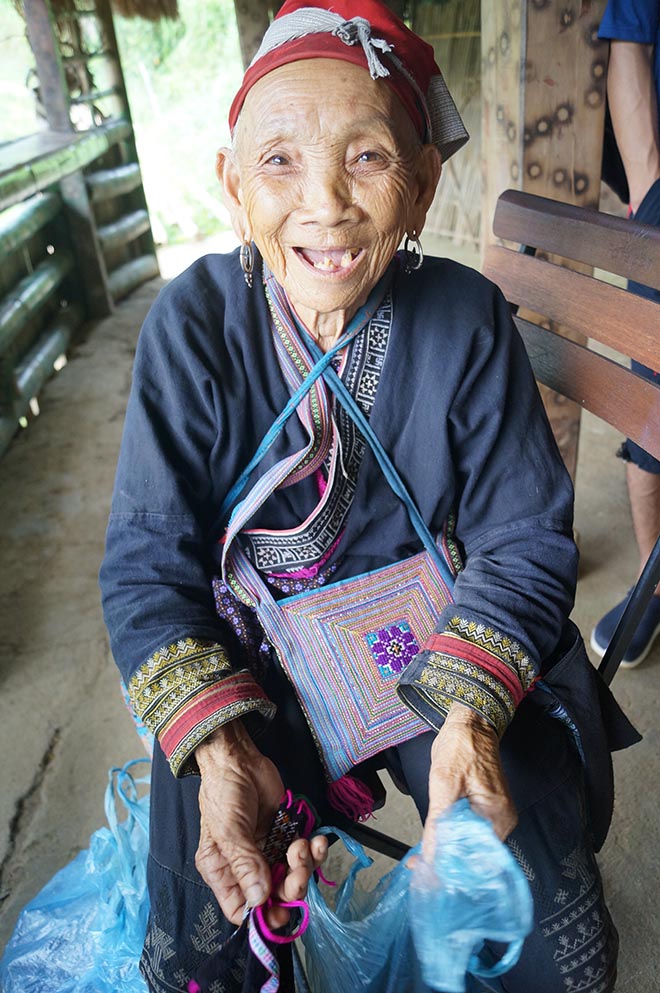Do you know that Vietnam is home to 54 different ethnic groups? From the vibrant embroidery, delicate silverware sold at the local sessional market to long-established rituals during the festive seasons, Northern ethnic communities in Vietnam are a hidden gem that massive tourism often overlooks.
But, it’s not you, right?
If you are tempting to indulge in the unique culture of minority groups in the Northern mountains of Vietnam, there is no better way than a stay within their own home. Yes, we are talking about homestay with local ethic residents.
Have you tried it?
If you haven’t, the following is what you can expect from this particular kind of accommodation.
Everything To Know For A Perfect Family HomeStay In Sapa
How To Choose The Best Homestay In Sapa
In Sapa, homestay is quite diverse and many types for travelers to choose from affordable to luxurious, from modest to extravagant. Depending on the budget, visitors can choose a suitable accommodation when joining a Sapa tour. In order to get the most out of a homestay in Sapa, we should find out beforehand the necessary information.
The room does not need to be too large. But you will have to consider between a private room or a shared room. The former is more convenient, as a result, more expensive. The latter may seem lack in privacy but it’s a brand new experience, especially when you stay with the native families.
Based on our expertise, international tourists should rent homestays in villages, which can be far away from the center of the town to clearly feel the peace and tranquility in the Northwest mountains and hills. Some of the local hill tribes that offer a wide selection of family stay is Ta Van or Lao Chai. Several accommodations will be pretty far from the heart of Sapa and other attractions. So, it’s better off having a local guide to help you on the road.

Top-of-mind Consideration For A Perfect Stay With Local Family
Sapa offers cool weather throughout the year, and just one day here visitors could experience all the seasons from spring to winter. Therefore, it is a perfect location for visiting at any time of the year but preferably from March to May when local ethnic groups transplant rice seedlings and the flowers are in their season, or at the end of September when the rice fields are in their beautiful yellow color and some of the significant festivals are held. At both the mentioned-above time, weather in Sapa is relatively constant, which would ensure your better experience there.
You might get to Sapa either by coach, bus, train or your private vehicles. For public transportation, it is highly advised that you buy the round trip tickets and remember to book in advance to make sure they are available. When in Sapa, most of the appealing spots could be reached by taxi, motorcycle or on foot.
For a worry-free journey in Sapa, you are recommended to check your luggage twice to ensure you have all the things you need. As to outfits, they should be light and warm enough in winter while cool in the summer (yet you should still bring a coat due to day-night temperature difference). Sneakers or sandals will be perfect footwear for you. Identity papers are required for hotel booking or motorcycle hire. Cameras should not be excluded from your luggage as you do not know what you could capture in the middle of the immense nature here. You could also prepare some snacks or buy some there to energize while walking or hiking. Some sweets as gifts for local children would be really lovely. And a map of Sapa is also necessary, isn’t it?

What To Expect In Sapa Homestay
Exceptional Architecture Design
The most striking feature of ethnic homestay is the stilt houses. It may be the first time you see and stay built on piles above the ground. But stilt houses have appeared and existed for approximately four thousand years in the North mountain ranges.
This design originated from the geography of Northern Vietnam, which consists of steep slopes, usually flooded during the rainy season. A higher base than the ground also prevents predators from attacking the inhabitants during the night. All the exterior of the houses is wood. One way to identify the owner status is the kind of wood used to build the house. Ironwood is the most popular while jack-tree is the most affordable. Nowadays, to make the construction more endurable, the Vietnamese ethnics do use modern materials like concrete. Still, the layout of the traditional stilt houses remains the same.
Stilt houses are usually divided into 3-5 compartments; some tailor-made homes for homestay can have up to 7. In an ancient stilt house, a small kitchen was placed right at the center of the living room. Most of the ethnic minorities use the woodstove. Decorations in the house are elaborate embroidery made by the females and demonstrations of the males’ hunting such as animal horns.
People of the hill tribes sleep on tick mattress woven by the women in the houses. Each group possesses a distinctive color and a typical decorating pattern. The Dzao people often use bright red dotted with silver coins and yellow pom-poms while the Hmong in the highland prefers dark shades like black and blue-dyed with natural indigo. If you can’t stand sleeping on the floor, there are homestays with beds too. However, to really indulge in the lifestyle of the ethnic people, why not trying to sleep as they do?
Exotic Food And Beverage
Ethnic cuisine is an exceptional part of the Vietnamese culinary technique. Living close to the old jungles and forests, most of the ingredients of the ethnic minorities come from hunting and collecting. In this day and age, with the help of modern agriculture, local people also grow plants and animals within the residential area for sustainable supplies. As a result, you can enjoy a wide selection of exotic food during your stay with the locals. Some of the most famous dishes include the whole young pig roasted with herbs, five-color sticky rice, steamed vegetables… Only the aroma of them can make your mouth watering.
Do you remember that ethnic groups often have a kitchen in the living room? Here is the reason for it. As the living room is the most spacious compartment, all the family members, as well as the guest, can gather in it and share a feast. The wood stove is useful to make the dishes lukewarm during the meal, another purpose of it is to make dried beef, one of the most typical dishes of the Northern hill tribes.

People hang a thick slice of beef above the stove and let it dry gradually. After several months, when the whole portion is completely dehydrated, the house owner will cut it into smaller parts and have them with rice wine. As you can see, from “cooking” to “eating,” everything occurs within the living room space nearby the oven. The heat from the stove warms up the atmosphere and erase the distance between the locals and the guests.
Environment-Friendliness
One plus point of Northern mountain homestay is the closeness to nature. The stilt houses often set among a large garden with plants and flowers raised by the local residents. The mountainous air is also fresh and clean, very different from the hustle and bustle of the city. If you find a homestay in a remote village, you will be waking up with the sound of the birds chirping around. Go outside and take a deep breath; it’s like turning over a new leaf.
A lot of Vietnamese homestays are in close proximity of breathtaking sceneries such as rice terraces, waterfalls because this is precisely where the ethnic people go to work. Due to the agriculture-based life, their homes are often built right at the doorstep of the water source or the paddy fields.

Wake up in this freshing view…
Warm-Hearted Hosts
The hill tribe people are simple and straightforward. They are very friendly too. Even though they just meet you, they can prepare a feast to welcome the new guest. And don’t reject their goodwill because they will assume you don’t like them by acting like that.
Staying in a local homestay gives you an excellent chance to interact with the ethnic people. Thanks to the development of tourism, many have managed to know English, so you can have a conversation with them to learn more about their culture. Or else, your tour guide will be a helpful bridge.

Lower Cost For Accommodation
There is no denying that homestay can be the most affordable type of accommodation. The owners don’t have to invest a large sum of money to build a brand new building but to modify their already used houses to match the purpose. It lowers the renting fee to the lowest. Moreover, facilities in a homestay are minimal.
You may not have a TV set, a large closet, a king-size bed, but there are still air-conditioners, mattress, and pillow, fully-furnished bathroom… The conveniences are enough for an excellent adventure, so trust me, homestay is a sensible choice within your budget. If you want more comfort and privacy, you can find some hotel branches imitating the traditional architecture of the ethnic minorities. But you will not share a lot of moment with the local. Nor can you experience the authentic culture of the hill tribes.
Authentic Cultural Experience
Living with the locals, you are taking a step into their daily life. You will notice their language by hearing the family members talking to each other. You will observe their table manners by having meals with them. Also, you can uncover a wide range of myths about ethnic groups by asking your hosts. Some may make you surprise, some can upset you, but above all, your questions are resolved by a trustable source.
Furthermore, there are various cultural programs in a homestay. It’s common for the guest to participate in a dancing night with the villagers. There you will be exposed to the traditional musical instruments like goong, the hill tribe flutes and listening to the melodies of thousand-year-old epics passing from generation to generation. The traditional culture of the Northern ethnic groups is so lively in the homestay experience.




Comments